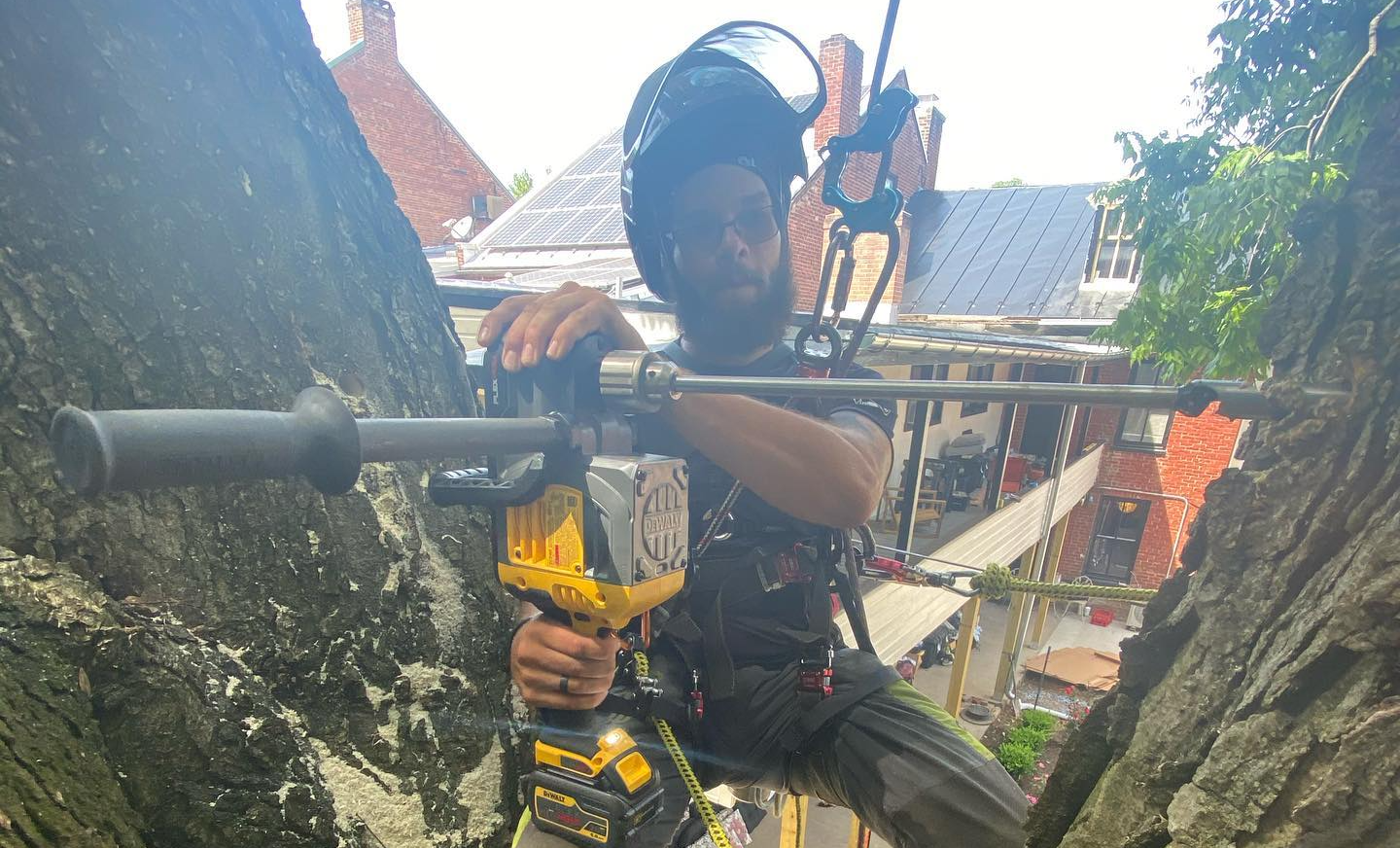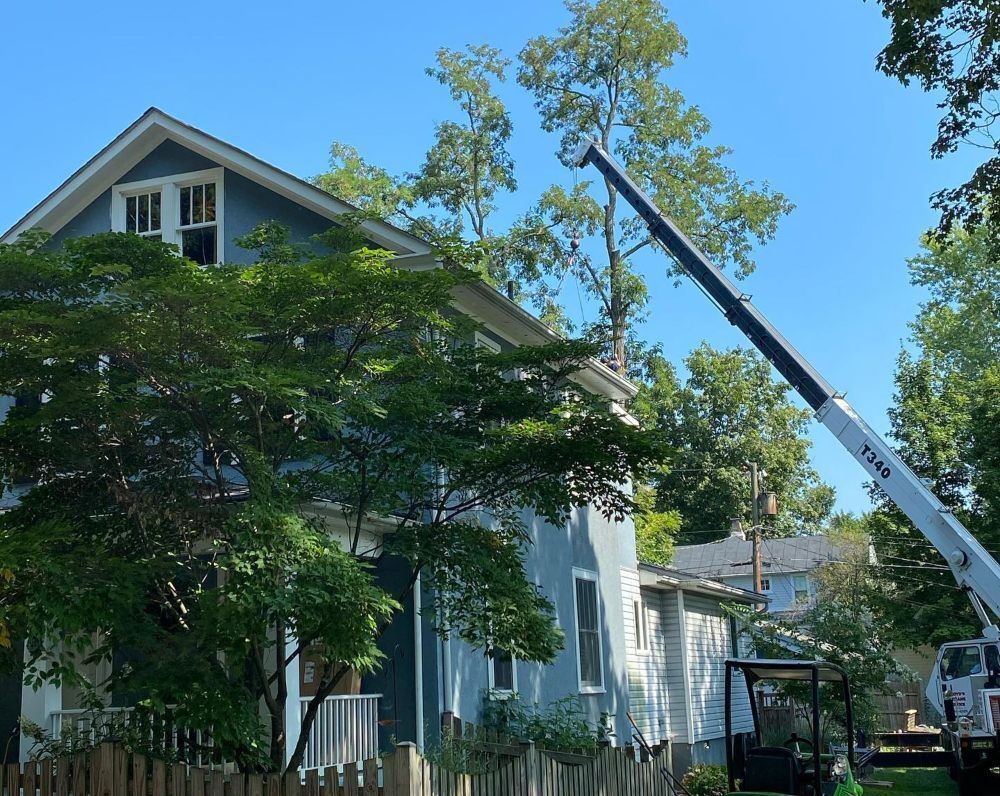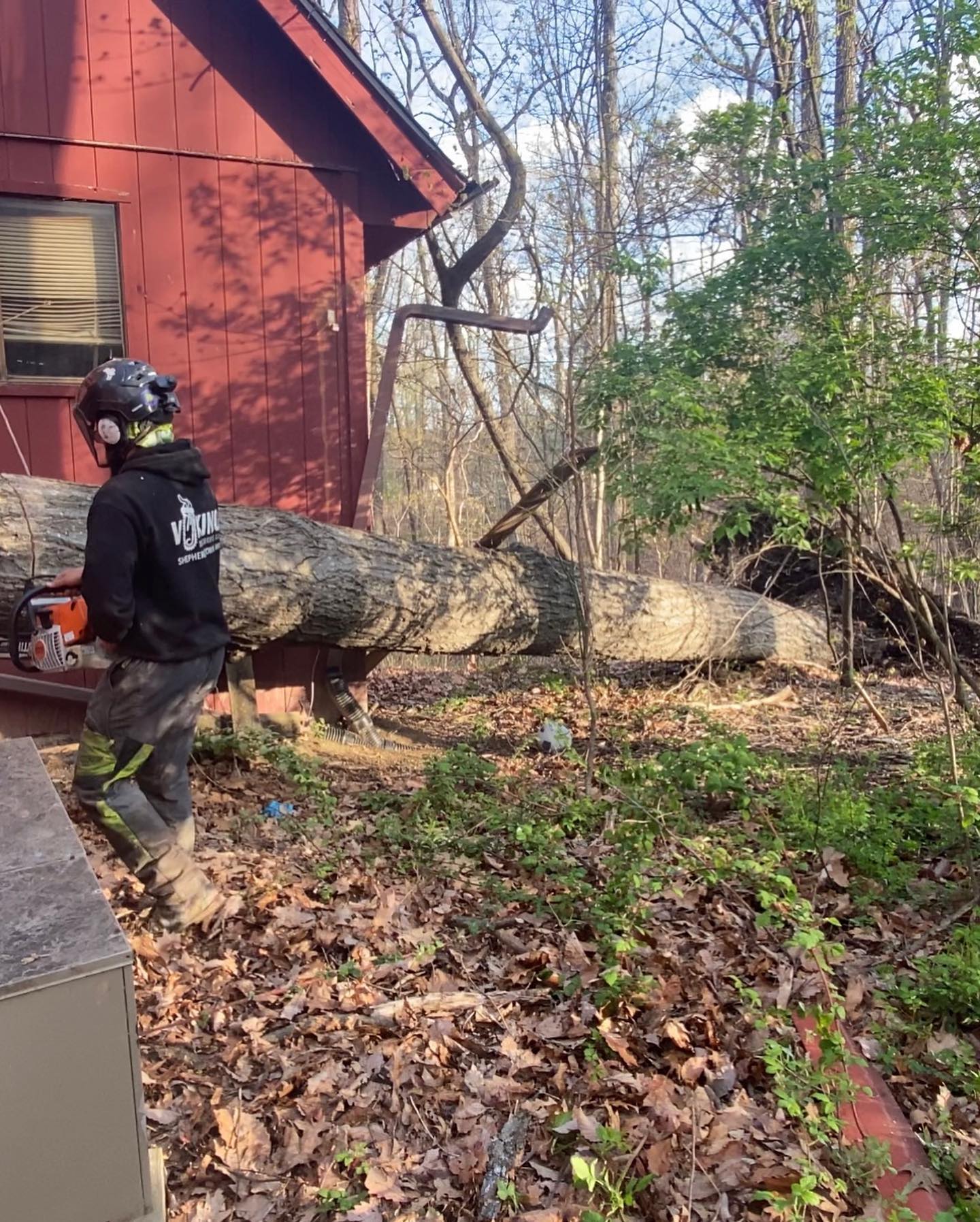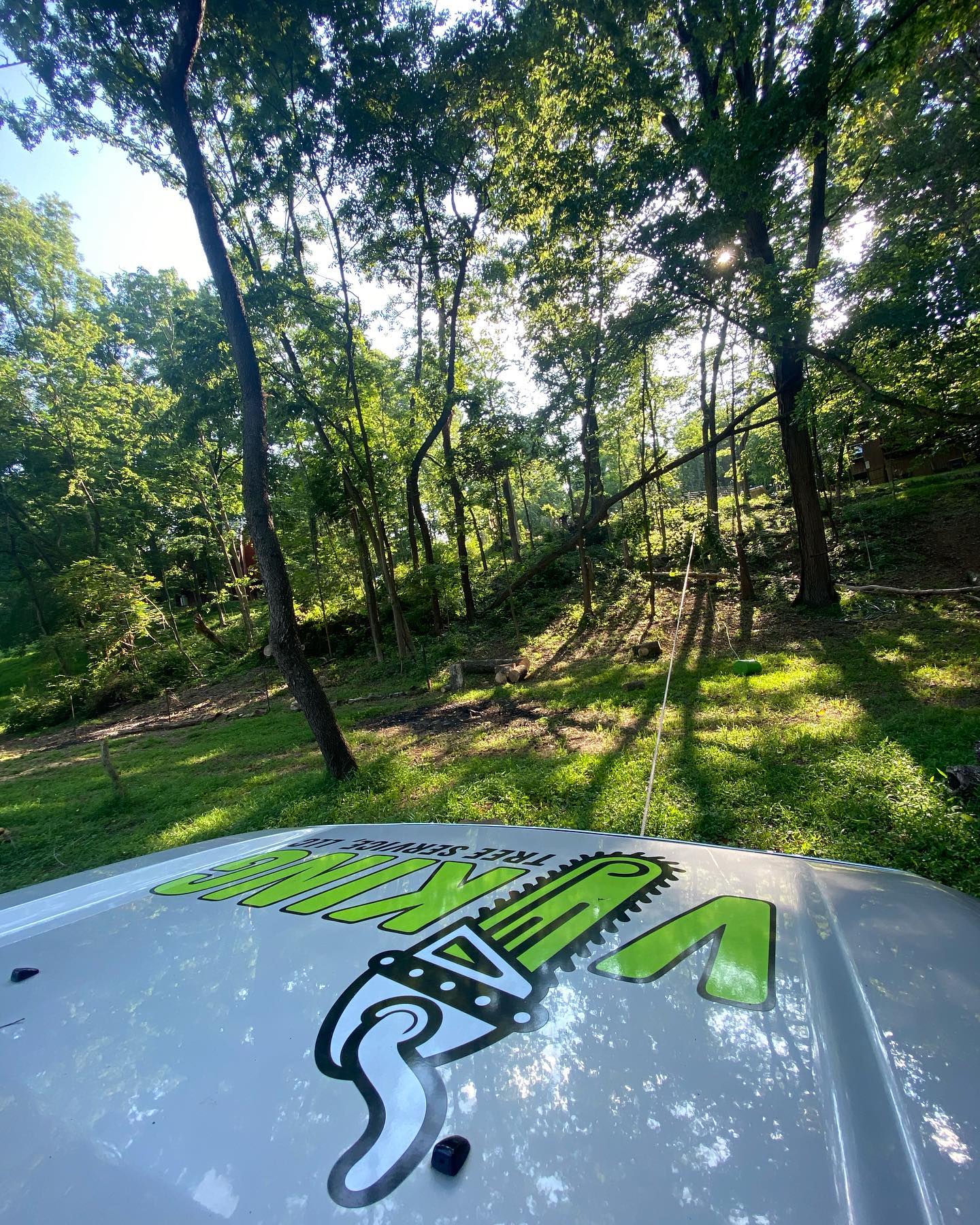Storm-Damaged Trees in Martinsburg, WV: The Need for Professional Help
The Risks of Storm-Damaged Trees: A Guide for Martinsburg West Virginia Residents
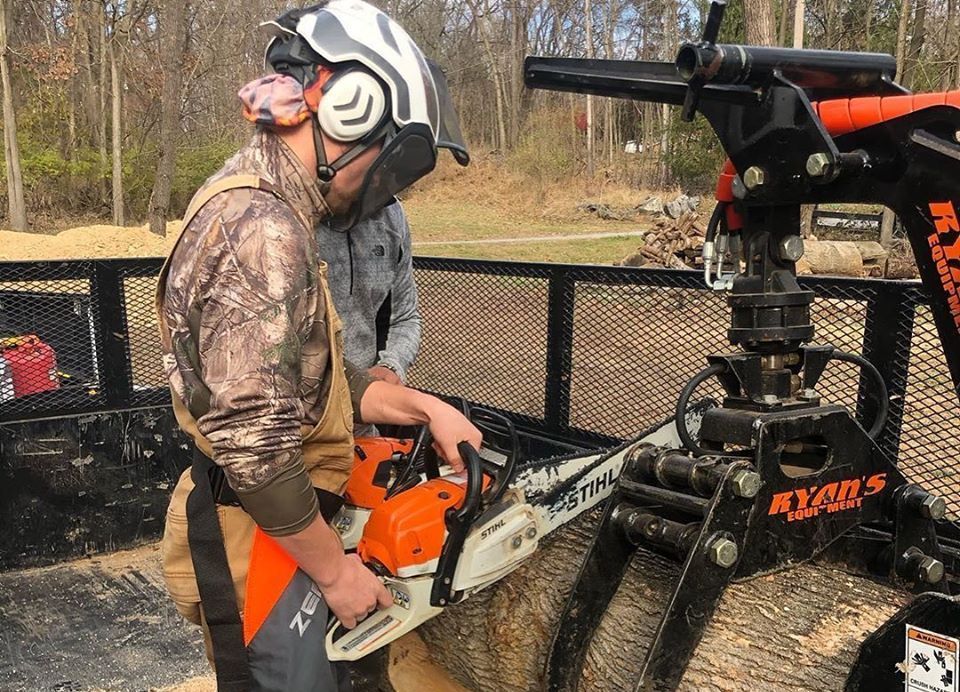
In the serene landscape of Martinsburg, WV, trees stand as silent sentinels of nature's beauty. However, when storms strike, these symbols of strength can become hazardous liabilities. Storm-damaged trees pose significant risks, not just to property, but also to human safety. It's essential for residents to understand the dangers and seek professional help in managing storm-affected trees.
The Hidden Dangers of Storm-Damaged Trees
Storms, particularly those common in the West Virginia area, can inflict various forms of damage to trees. This damage ranges from minor leaf loss to major structural failures like broken branches, split trunks, and uprooting. The immediate danger is obvious – falling limbs or trees can damage homes, cars, and power lines. However, the less visible threat lies in the weakened structure of the tree, which may fail long after the storm has passed.
Why DIY Isn't the Answer
The allure of do-it-yourself (DIY) solutions is strong, especially in a community as self-reliant as Martinsburg. However, addressing storm-damaged trees often requires more than a hands-on approach. It demands expertise in tree biology, understanding of the structural risks, and the right equipment. Without this, well-intentioned efforts can lead to further damage, or worse, personal injury.
The Importance of Professional Arborist Services
This is where professional arborists come into play. Local residents should find a Professional Tree Service near Martinsburg that has the training, equipment and license needed to safely assess and manage storm-damaged trees. Their services are crucial for several reasons:
- Safety First: Professionals have the expertise to identify potential hazards and the safest way to mitigate them.
- Health of the Tree: Arborists can determine whether a damaged tree can be saved and the best course of action for its recovery.
- Property Protection: With professional help, the risk of secondary damage to property from incorrect tree handling is greatly reduced.
- Compliance with Local Regulations: Professionals are familiar with local ordinances and can ensure that the tree work complies with them.
Advice for Local Residents
In Martinsburg, the frequency of storms means that residents need to be particularly vigilant. The region's diverse tree population, including oaks, maples, and pines, each respond differently to storm damage. A professional arborist understands these nuances and can provide tailored solutions.
What to Do After a Storm
If you find yourself facing storm-damaged trees, here’s a step-by-step guide on how to proceed:
- Assess the Situation: Look for obvious signs of damage from a safe distance. Do not approach if there are downed power lines or if the tree is leaning precariously. Viking Tree Service LLC has emergency tree services available.
- Contact a Professional Arborist: Reach out to a licensed tree service company. They can provide an expert assessment and recommend the next steps.
- Avoid DIY Solutions: While it might be tempting to tackle smaller branches or seemingly minor damage yourself, it's best to wait for professional advice.
- Follow Through with Recommended Actions: Whether it's pruning, bracing, or removal, ensure that the recommended actions are carried out to mitigate risks.
- Regular Maintenance: After immediate concerns are addressed, consider setting up a regular maintenance plan with a local tree service company to keep your trees healthy and storm-resilient.
Why It Matters
While trees add immense value to our landscapes and lives, storm-damaged trees pose serious risks. In Martinsburg, WV, where storms are a part of life, the need for professional arborist services cannot be overstated. By entrusting tree care to experts, residents can ensure their safety, protect their property, and preserve the natural beauty of their community for years to come.
